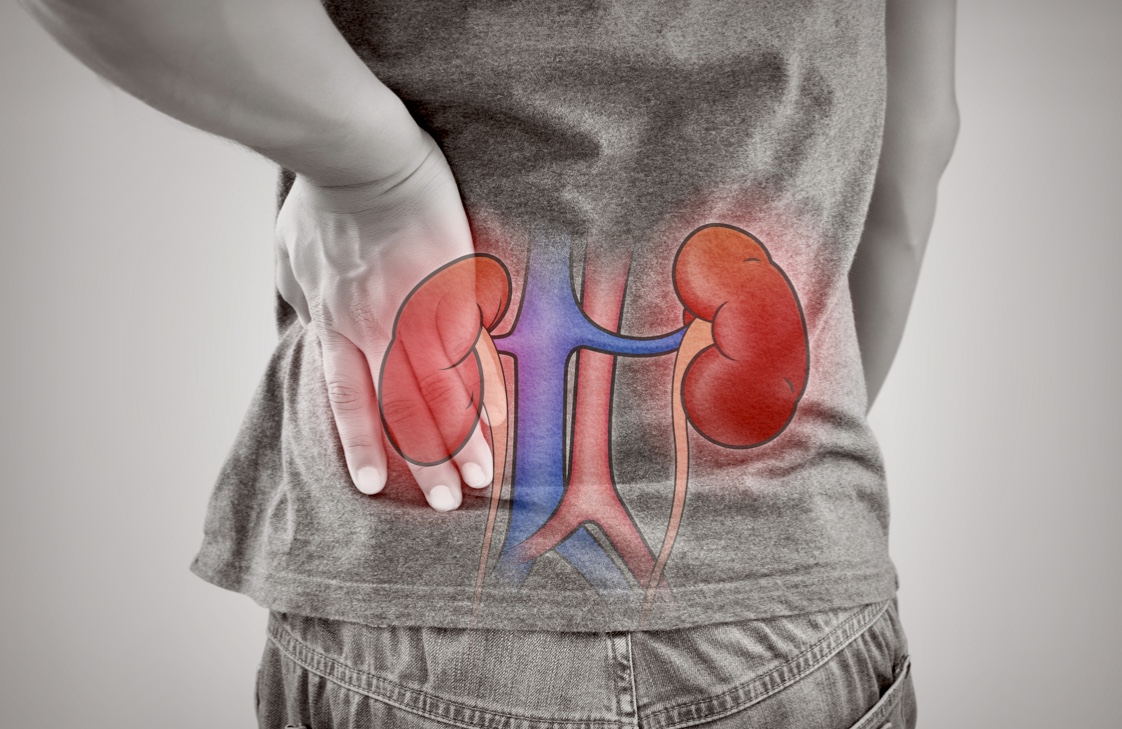KIDNEY DISEASES ON THE RISE
By Henrylito D. Tacio
Photos sourced from Instagram and bostonkidney.com
Bea Rose Santiago made the Philippines proud when she won the Miss International title in 2013. Five years later, she revealed in an Instagram post that she is suffering from kidney failure.
“I was diagnosed months ago,” she wrote, “I was in denial and that’s why I left the Philippines to get a second opinion in Tokyo and when it turned out to be a confirmation. Flew right away to be with my family and my potential live donors. Yes, I will be needing a life-saving transplant.”
The doctors diagnosed her with chronic kidney disease, a type of kidney disease in which there is gradual loss of kidney function over a period of months to years. She surmised she developed the condition as a result of her “gym life.”
“I damaged my kidneys when I was younger,” the Filipina beauty queen admitted. “My kidneys are more sensitive than a normal late 20s healthy woman. I can’t overdo things, and I just found out. (I) came to the hospital for my severe migraines and we found something potentially more dangerous.”
After learning of her condition, Santiago advised, “Guys, if you take pre-workout (drinks) … plus heavy workout, be careful. Apparently, there are many more like me! We damaged our kidneys because of our gym life!”

She’s not alone, indeed.
“Kidney diseases, especially end stage renal disease (ESRD), are already the seventh leading cause of death among the Filipinos,” says the National Kidney and Transplant Institute (NKTI), a government-owned center attached to the Department of Health whose mandate is to specialize in the prevention, diagnosis, rehabilitation, and treatment of kidney and allied diseases through dialysis and transplantation.
Dr. Aileen Riego-Javier, NKTI executive director, said that for every one million Filipinos, 120 of them are most likely to develop kidney failure. Each year, approximately 10,000 people need to replace their kidney function.
Kidneys are important parts of the urinary system. They are found at each side of the spine, below the rib cage of the human body. Each kidney is as big as a fist and looks like a kidney bean.
“The kidneys perform vital life-maintaining functions as monitors and regulators of body fluid,” NKTI states. “They excrete fluids when the body has an excess of them and retain the substances necessary for the body’s continuing function. They produce and release a variety of chemicals to keep the body healthy and filter the entire blood supply every two minutes, excreting waste materials through the urine.”
The kidneys also produce erythropoietin, a hormone that controls the production of red blood cells by the bone marrow. They also are involved in the regulation of blood pressure. This probably happens through the regulation of blood volume and the amount of sodium in the body, as well as the production of substances such as the angiotensin.
How will you know you have a kidney disorder? The main symptom of kidney disorder is fluid retention, or what doctors call edema. “Patients may have puffiness around the eyes, swelling in the feet and legs and water in the lungs leading to difficulty of breathing,” NKTI says.
Any change in urination may also indicate kidney problems. “This may consist of pain or unusual sensation during voiding, increased or decreased frequency of urination, difficulty in initiating urination, frequent urination at night, change in color of urine, blood in the urine or bubbly appearance of the urine,” NKTI explains.
In some instances, kidney disease may exhibit some warning signs like puffiness of the eye area, progressive swelling of parts of the body, usually at the ankles, back pain on the lower part just below the ribcage, changes in urination, and new onset of high blood pressure.
In the past, chronic glomerulonephritis was the most common cause of chronic renal failure. “Glomerulonephritis is inflammation of the glomeruli, the small vessels in the nephron,” NKTI explains. “If not treated, patients may suffer slow progressive damage to the kidneys and develop renal failure.”
Today, diabetes and hypertension have taken center stage in the causation of ESRD, which together account for almost 60% of dialysis patients.
“Hypertension occurs with many cases of kidney diseases,” NKTI says. “Prolonged hypertension damages the small arteries in the kidneys. This may start a vicious cycle: damaged kidneys cause more serious hypertension which in turn brings more damage to the kidneys.”
Diabetes may also damage the kidneys. In fact, it is the leading cause of chronic renal failure in many countries. In the Philippines alone, over 7 million people are expected to have diabetes by 2030. Unfortunately, most of those having the disease don’t know they have it.
Abnormalities in the urinary tract that are congenital or inborn may consequently lead to poor function, obstruction, or infection of the kidneys. Some drugs, herbal medicine, solvents, and insecticides can also harm the kidneys.
According to NKTI, treatment of kidney diseases may involve the following: medical therapy such as medicines and dietary changes, dialysis, and transplantation.
“Because kidney failure is already irreversible at later stages, treatment focuses on controlling the symptoms, minimizing complications and slowing the progression of the disease,” NKTI states.
“Associated diseases that cause or result from chronic renal failure must be controlled. Hypertension, diabetes, congestive heart failure, urinary tract infections, kidney stones, obstructions of the urinary tract, glomerulonephritis, and other disorders should be treated appropriately,” the institute adds.
“Fluid intake may be restricted, often to an amount equal to the volume of urine produced. Dietary protein restriction may slow the build-up of wastes in the bloodstream and control associated symptoms such as nausea and vomiting. Salt, potassium, phosphorus and other electrolytes may be restricted.”
“If your kidneys fail, you need treatment to replace the work they normally do,” says the National Institute of Health in the United States. “Before dialysis was available, total kidney failure meant death,” notes the US National Kidney Foundation (NKF). “Today, people with kidney failure can live because of treatments such as dialysis and kidney transplant.”
According to medical experts, dialysis is a way of cleaning our blood when our kidneys can no longer do the job. It gets rid of our body’s wastes, extra salt and water, and helps to control our blood pressure.
Actually, there are two kinds of dialysis: hemodialysis and peritoneal dialysis. “In hemodialysis, blood is pumped out of your body to an artificial kidney machine, and returned to your body by tubes that connect you to the machine,” NKF explains. “In peritoneal dialysis, the inside lining of your own belly acts as a natural filter. Wastes are taken out by means of a cleansing fluid called dialysate, which is washed in and out of your belly in cycles.”
Among these patients with kidney failure in the Philippines, “only around 86% could undergo dialysis and only 14% could undergo transplantation because of the high cost of treatment,” wrote Francis James B. Gatdula in an article which appeared in Health and Lifestyle.
Dialysis does help lengthen the life of the patient, but it is expensive. It costs around P60,000 to P70,000 a month – that’s P720,000 to P840,000 a year. This does not yet include the fees for required laboratory tests and medicines.
“In the long-term, kidney transplantation is cheaper than dialysis,” said Dr. Enrique Ona, former NKTI director. “Moreover, survival rates and quality of life in transplants are much better.”
A transplant costs half a million pesos to one million pesos for a one-time surgery, as long as the donated organ is not rejected by the recipient’s system.

